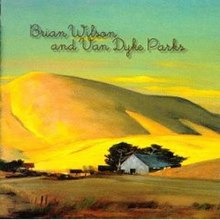
Van Dyke Parks is an American musician, songwriter, arranger, and record producer who has composed various film and television soundtracks. He is best known for his 1967 album Song Cycle and for his collaborations with Brian Wilson and the Beach Boys. In addition to producing or arranging albums by Randy Newman, Harry Nilsson, Phil Ochs, Little Feat, Happy End, Ry Cooder and Joanna Newsom, Parks has worked with performers such as Syd Straw, Ringo Starr, U2, Grizzly Bear, Inara George, Kimbra, Suzy Williams, Bob Dylan and Silverchair.
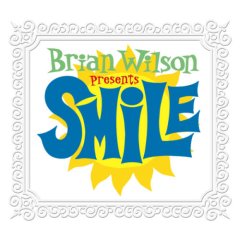
Brian Wilson Presents Smile is the fifth studio album by American musician Brian Wilson, released on September 28, 2004 on Nonesuch. It features all-new recordings of music that he had originally created for Smile, an unfinished album by the Beach Boys that he abandoned in 1967. Revisiting Smile was an intense emotional undertaking for Wilson, as he had been deeply traumatized by the circumstances that had originally surrounded the project.

Holland is the 19th studio album by American rock band the Beach Boys, released January 8, 1973 on Brother/Reprise. It is their first album recorded without Bruce Johnston since 1965, their second with Blondie Chaplin and Ricky Fataar, and their final studio album created under the de facto leadership of Carl Wilson and manager Jack Rieley. The LP was originally packaged with a bonus EP, Mount Vernon and Fairway, which consisted of a 12-minute fairy tale written and produced by Brian and Carl Wilson.

Home Plate is the fifth album by Bonnie Raitt, released in 1975.

Greatest Hits is Phil Ochs' seventh album and final studio album released in his lifetime, released in 1970 on A&M Records. Contrary to its title, it offered ten new tracks of material, mostly produced by Van Dyke Parks.

Knocked Out Loaded is the twenty-fourth studio album by American singer-songwriter Bob Dylan, released on July 14, 1986 by Columbia Records.

Down by the Old Mainstream is the debut album by American alternative country band Golden Smog, released in 1995. Its title is from a line in both the Wilco song "Someday Soon" from the album, Being There, and from "Radio King", the last track on this album.

Film Noir is the 17th studio album by American singer-songwriter Carly Simon, released by Arista Records, on September 16, 1997.

"Cabinessence" is a song by the American rock band the Beach Boys from their 1969 album 20/20 and their unfinished Smile project. Written by Brian Wilson and Van Dyke Parks, Wilson described the song as a "rock and roll waltz" about railroads, while Parks offered that the pair were attempting to write a song that would end on "a freeze frame of the Union Pacific Railroad". The instrumentation includes banjo, cello, dobro, bouzouki, fuzz bass, trumpet, accordion, and percussion that was arranged to sound like the pounding of rail spikes.

Jump! is a studio album by the American musician Van Dyke Parks, released in 1984 on Warner Bros. Records. The album is a retelling of Joel Chandler Harris's Uncle Remus tales. Parks mixes numerous musical styles, including bluegrass, Tin Pan Alley, 1930s jazz, and Broadway musical.

Running Down the Road is the second studio album by American folk singer Arlo Guthrie. Guthrie's version of the traditional folk tune "Stealin'" was featured in the film Two-Lane Blacktop. The cover shows the artist upon a Triumph TR6 Trophy motorcycle which is also pictured in the album's 'gate'. Clarence White and Gene Parsons from the then current lineup of The Byrds played on some tracks.
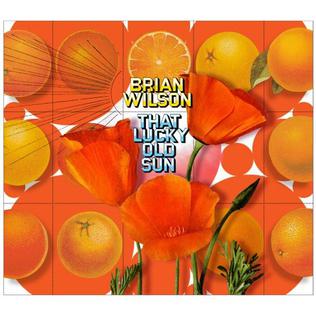
That Lucky Old Sun is the seventh studio album by Brian Wilson, released on September 2, 2008 by Capitol Records. It was written in collaboration with Wilson's bandmate Scott Bennett with spoken word poetry commissioned from Van Dyke Parks. As a concept album, the work largely derives from the 1949 song "That Lucky Old Sun", originally recorded by Frankie Laine.
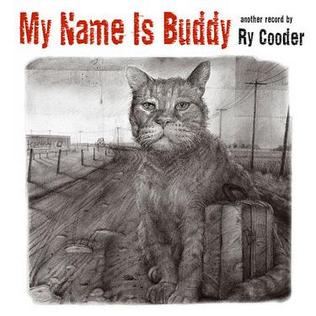
My Name Is Buddy: Another Record by Ry Cooder is the thirteenth studio album by Ry Cooder. It is the second social-political concept album by Ry Cooder. Cooder has described it as the second in a trilogy that began with Chávez Ravine and concluded with I, Flathead. The album is packaged in a small booklet that includes a brief story and drawing to accompany each song. Both the songs and the stories relate tales from the viewpoint of the characters, Buddy Red Cat, Lefty Mouse, and Reverend Tom Toad. The liner notes ask listeners/readers to join them as they "Journey through time and space in days of labor, big bosses, farm failures, strikes, company cops, sundown towns, hobos, and trains... the America of yesteryear."
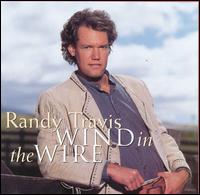
Wind in the Wire is the eighth studio album released by American country music artist Randy Travis. It was released on August 17, 1993, by Warner Records. The album was made to accompany a television series also entitled Wind in the Wire. Two of the album's singles — "Cowboy Boogie" and the title track — entered the Billboard country music charts, peaking at #46 and #65, respectively, making this the first album of Travis's career not to produce any Top 40 hits in the United States. "Cowboy Boogie", however, was a #10 on the RPM Country Tracks charts in Canada.

Ry Cooder is the debut album by roots rock musician Ry Cooder, released in 1970.

Live – The 50th Anniversary Tour is a live album by the Beach Boys released on May 21, 2013. The album was recorded during the band's 50th anniversary reunion tour.

Songs Cycled is the seventh studio album by Van Dyke Parks, released on Bella Union in 2013. It is his first of original material since 1995's Orange Crate Art. It features relatively new compositions, re-recordings, and covers by Parks.

Back Pages is the 17th studio album by America, released on July 26, 2011 by eOne. The album is the band's first studio album of cover versions of songs by some of their favorite songwriters. The album features guest appearances by Mark Knopfler and Van Dyke Parks.

West of the West is an album by American artist Dave Alvin, released in 2006. The album pays tribute to California songwriters. It reached number 35 on the Top Independent Albums chart.
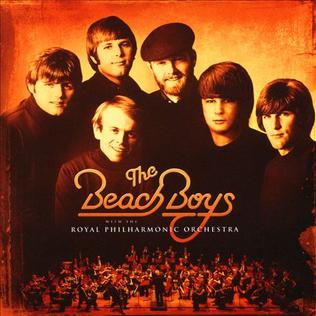
The Beach Boys with the Royal Philharmonic Orchestra is a 2018 album of remixed Beach Boys recordings with new orchestral arrangements performed by the Royal Philharmonic Orchestra. It was produced by Nick Patrick and Don Reedman, who conducted similar projects for Roy Orbison and Elvis Presley.
